Lick Of The Week with Will Ray
Inspired by Peter Frampton, this week's lick is rooted in the second position of Em with a little icing on top of the cake.
Save this one for a special occasion like a wedding or bar mitzvah, and the girls will be drooling at your feet! :-)
Check out Will's website, https://willray.biz/, for instructional videos, merchandise, or to contact will about private guitar lessons. You can also find his signature Hellebender for sale at his Ebay shop- https://www.ebay.com/usr/willraymerch
Have you ever wondered where the beautiful mother of pearl or abalone fret inlays come from? Maybe you already know or maybe your answer is the same as mine before today, “from the ocean”. WARNING: this newsletter edition is not about a guitar, it’s about sea snails. If you care to have a deeper understanding beyond the wood and metal in your nicest guitar then read on.
Full disclosure, I am not a luthier (shocker :-) so we’re not going to look at the intricate process of installing inlays, purfling or rosette. I am a pretty good fisherman and have a deep appreciation for oysters, cooked or raw, and it’s oysters that come to mind when thinking of mother of pearl.
Mostly though, I find mother of pearl design work on a guitar stunning. So I am curious…
Where does this “stuff” come from?
The ocean! We’ll come back to that in a few paragraphs.
What’s with the name?
Mother of pearl (MOP) is a generic reference to nacre, the inner iridescent layer of molluskan shells. Nacre is primarily composed of calcium carbonate secreted by the mollusk as a layer of protection from parasites or foreign objects. As an example, the white color on the inside of a table oyster is nacre. Technically speaking my oyster line of reasoning is correct, though I’m a little off the fret marker. To take it a step further, a pearl is nacre in ball form and is created as a mollusk secretes layers of nacre to protect itself from a foreign object that entered its shell (grain of sand).
Brief history:
There are 128,000 different species of mollusks, of which three are the main commercial source of MOP; pinctada (pearl oysters), freshwater oysters, and abalone (a-buh-low-nee), the focus of this article. To reiterate, MOP is an all-encompassing term which includes abalone, but abalone is a specific kind of mollusk. Abalone are sea snails ranging in size from 2” to 11” and the meat is considered a delicacy. They are found in the colder waters off the coasts of California and Mexico, New Zealand, Australia, South Africa, and Japan. Not only is abalone prized for its meat, the ornamental shells have been used as decorations and currency for tens of thousands of years.
Generations of overfishing have led to a significant decline of most of the world’s abalone populations. In countries where harvesting is permitted, most of it must be done by free-diving. The seasons are short and the daily limit is very low, but poaching is a problem due to the high market value. A quick internet search revealed a fancy California seafood market halfway between San Francisco and L.A. sells abalone steaks (foot muscle) for $11/oz. Since the early 1990s, abalone aquaculture farms have been on the increase helping relieve pressure on the wild crop, but it takes three years for a farmed abalone to reach market size.
How does abalone get its color?
You are what you eat. Abalone consume seaweed and algae and the different varieties of seaweed create different colors in their shell as they grow (lifespan of up to 40 years). Color hues range across the spectrum with dominant shades of pink, purple, gold, green, and blue. Furthermore, the bright iridescent colors are caused by diffraction and interference, not unlike other MOP shells, but the grooves and stacking of nacre in abalone are different and the result is much more spectacular. It’s the color more so than rarity that makes abalone so unique.
Are the paua inlays “extra special” on PRS guitars?
I’m sure the answer is yes if you ask Paul himself. Paua is the name given to New Zealand abalone and known especially for vibrant color. That doesn’t mean equally as beautiful abalone shells can’t be found elsewhere, it’s just New Zealand may consistently have the best stuff.
What about Martin guitars?
To my understanding most of Martin’s inlaid guitars use a product called Abalam which is abalone that has been epoxied and made into sheets. It’s still the real-deal, made easier. There’s also another practical solution called ZipFlex. These are abalone strips attached to a flexible base for purflings and rosettes.
Next time you look at a guitar with abalone don’t think of oysters, think of sea snails.
Side note- When I was about two-thirds done writing this article I realized that I potentially had an abalone shell. My father-in-law was a huge Native American artifact collector and among his collection is this 8”x 6” abalone shell, used as a smudging bowl. It’s been in my shop for years, sitting in a box of work gloves and I never knew what it was.

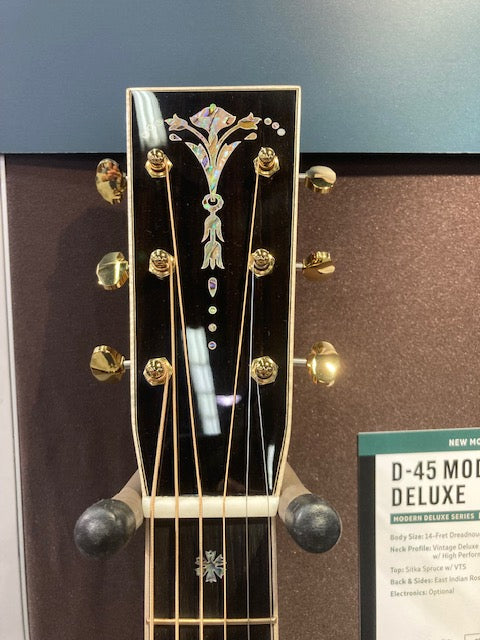
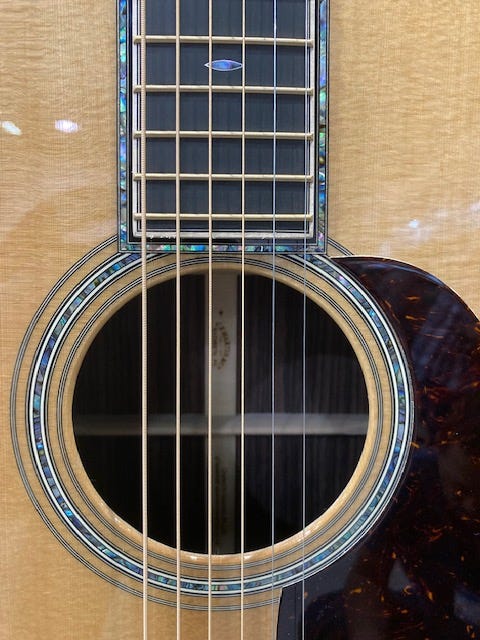

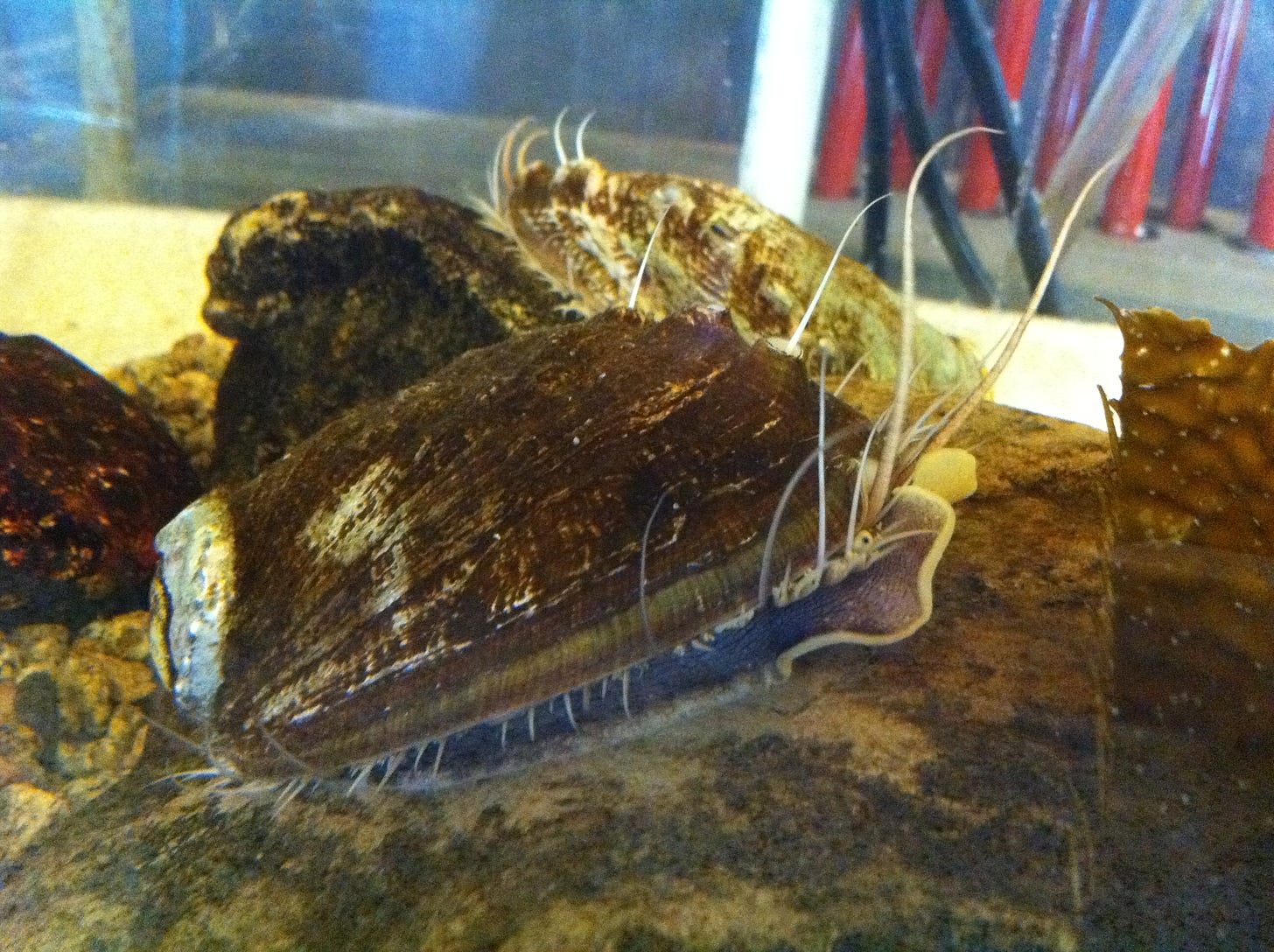
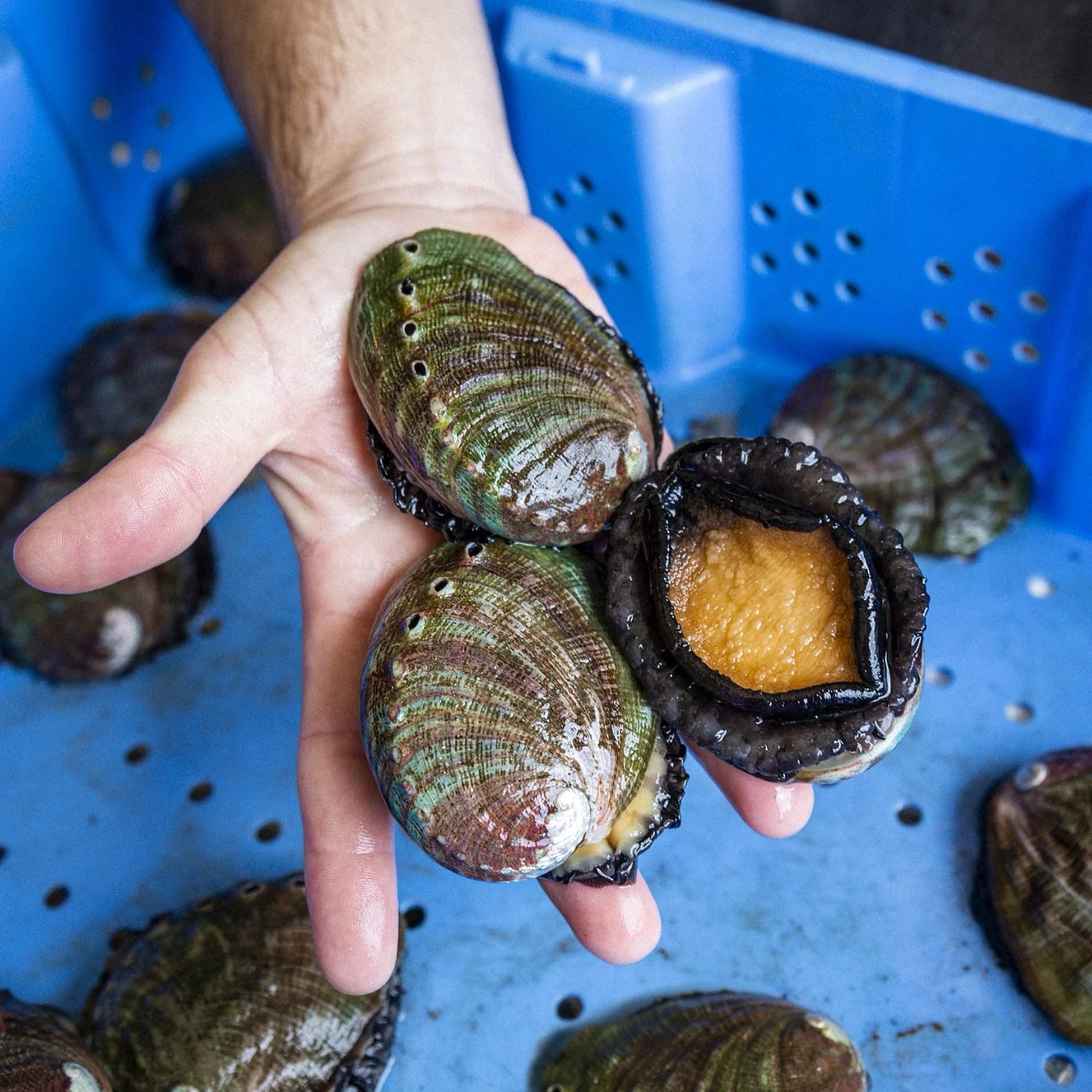
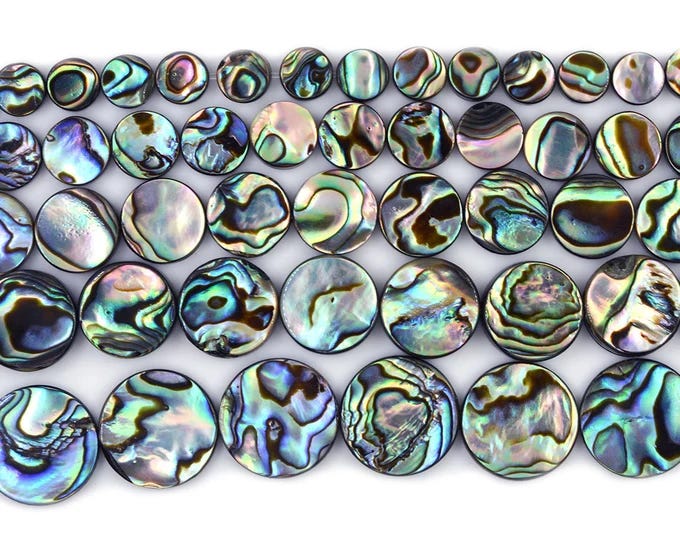
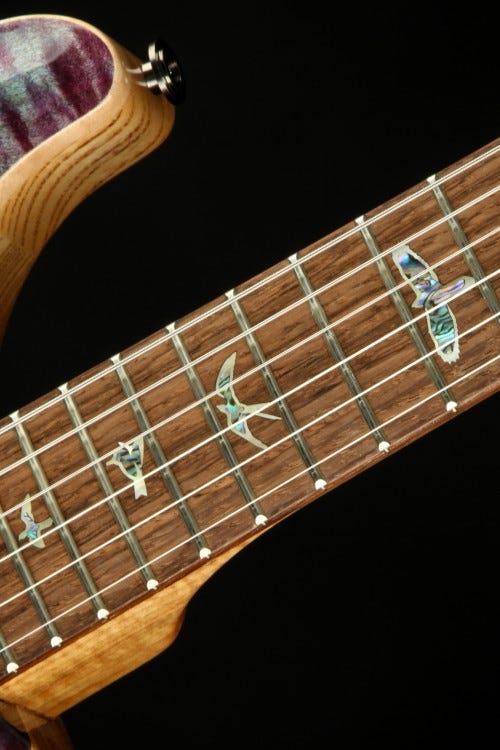
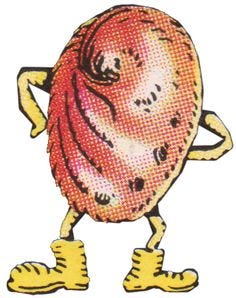
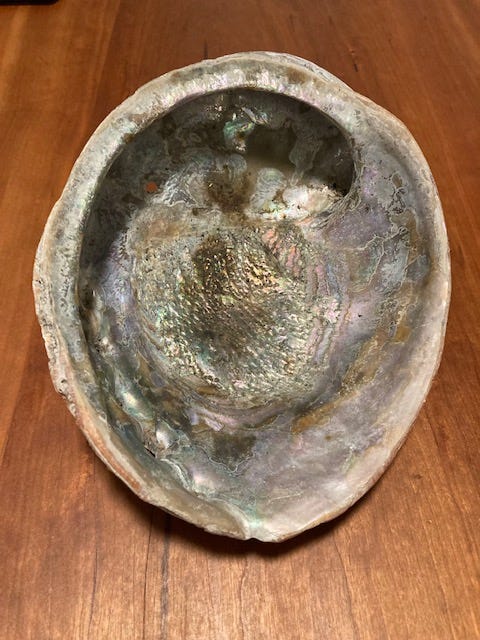
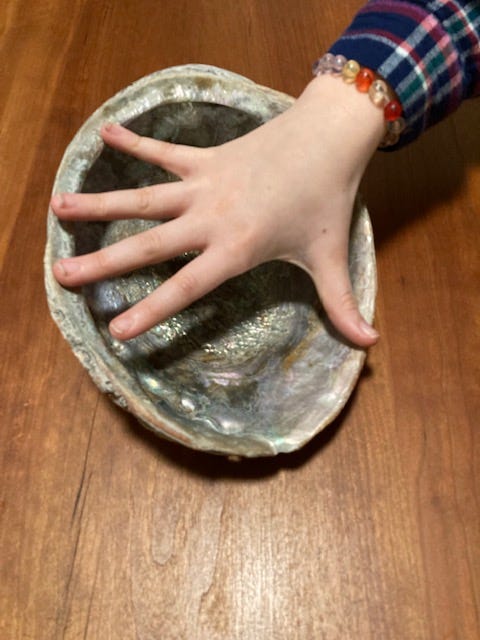

3 comments
Thanks for the VERY interesting write-up! I LOVE abalone, as well! I have a 22 year old Ibanez SZ320, I bought brand new; pretty much because the abalone inlays and MOP inlayed headstock logo looked SO cool, I couldn’t leave it behind! lol …and I can’t even play guitars! I do play bass however…
In fact; my 11 yo son seems to be getting really into guitar, so I just pulled that one out and told him he can have it, as long as he takes good care of it. ;)
I too think of the Dragon guitars JP. Minarik Guitars does crazy work as well if you have never checked them out before.
thank you as always. I often think of the PRS Dragon limited series, as some of the nicest abalone work I had seen, although, I’m sure that even greater ones exist out there.